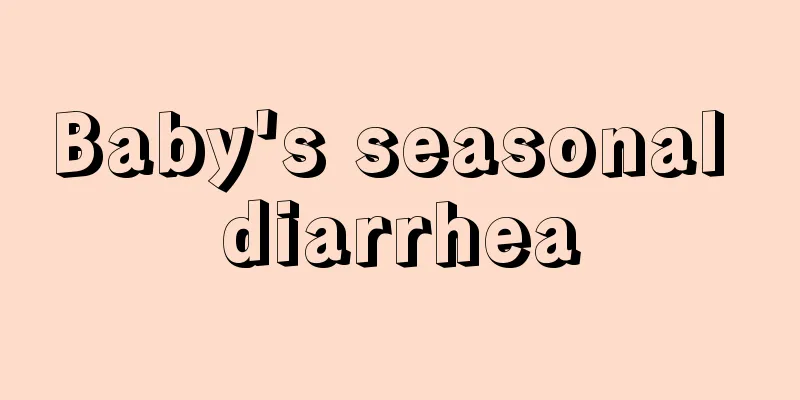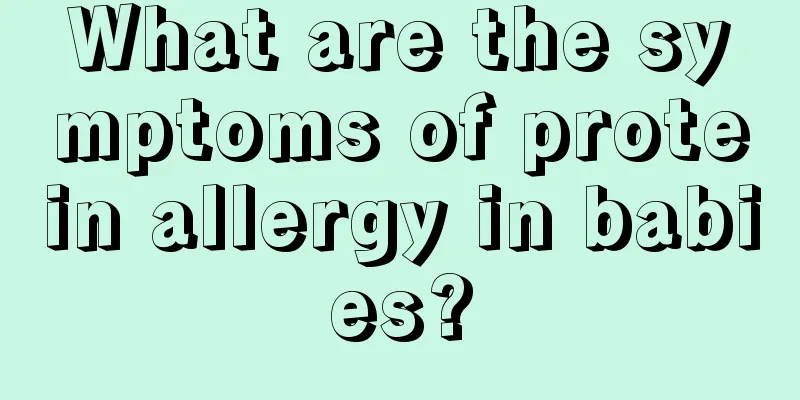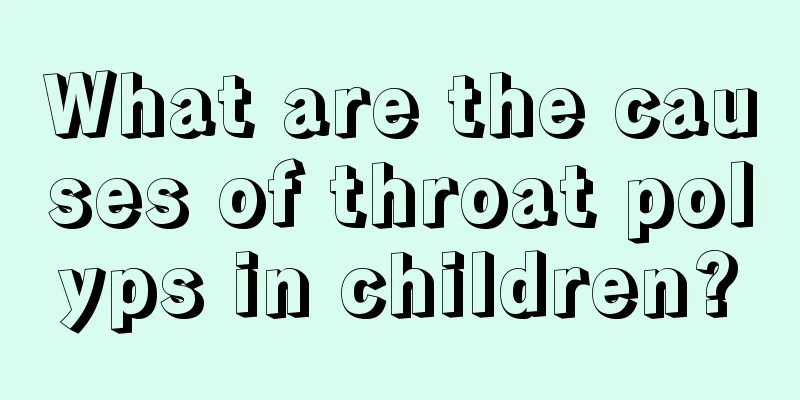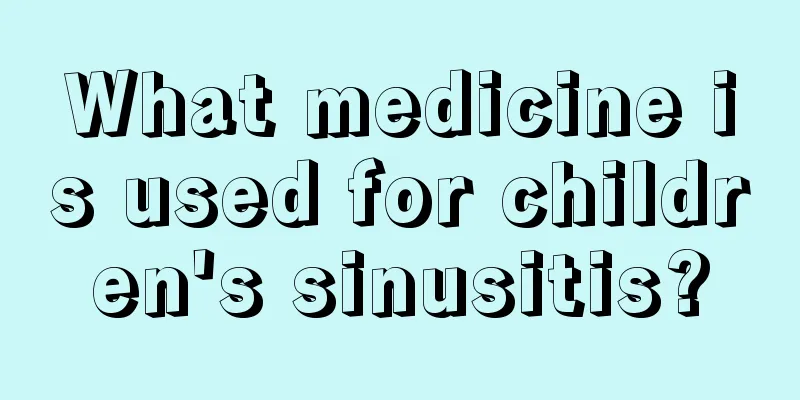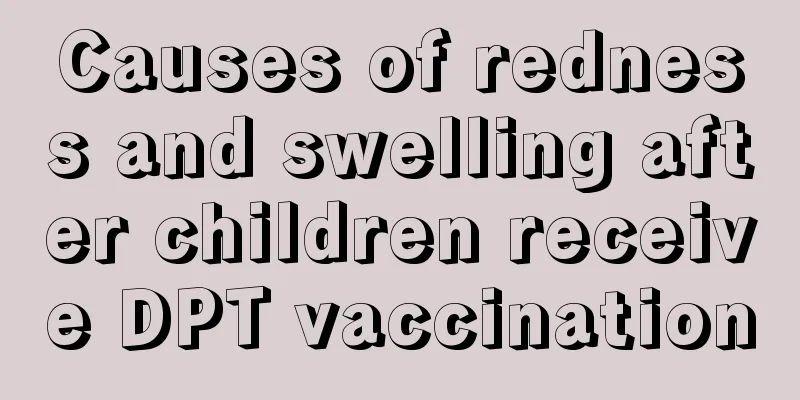What disease causes abdominal pain in children?
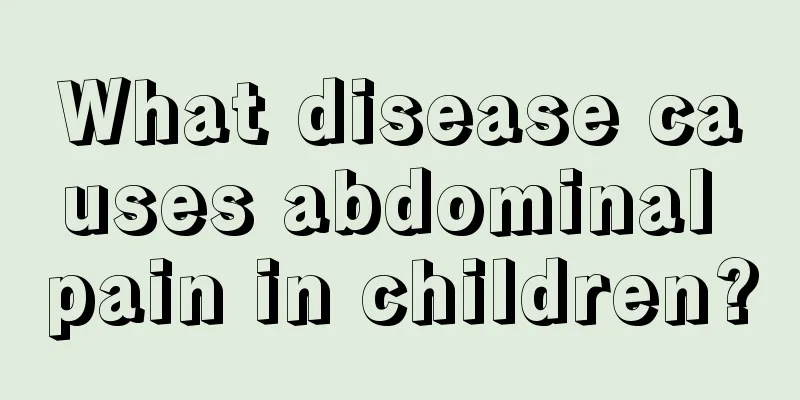
|
It is a common phenomenon for children to experience abdominal pain, but some abdominal pain is caused by certain diseases and requires targeted treatment to relieve the symptoms. Common diseases that cause abdominal pain in children include ascariasis, acute appendicitis, intussusception, etc. If the child's abdominal pain persists or is very severe, it is recommended to seek medical attention in time to check the cause. 1. Ascariasis. Children with this disease often have unhygienic eating habits. They do not wash their hands before meals or after defecation, and do not rinse raw fruits sufficiently or even do not wash them at all. Although they eat normally, they are still very thin. When the environment changes or the child has a fever, diarrhea, hunger or eats spicy food, he or she will suddenly have abdominal pain. The child will cry, roll on the ground, bend over, sweat, and look pale. The abdominal pain is most severe around the navel. It is often accompanied by vomiting, and even roundworms may be vomited out. Sometimes the symptoms can be relieved on their own, the abdominal pain disappears, and the child appears tired. Play as usual after full recovery. Each pain attack lasts for several minutes. This pain may not occur every day, but may occur several times a day. Give appropriate anthelmintics such as anthelmintic at a dose of 2.5-3 mg/kg body weight, with a maximum of 150 mg/time, taken once before bedtime; or early bowel cleansing, take the medicine according to the instructions. If constipation or inability to defecate, abdominal distension, or a cord-like mass is felt in the abdomen occurs, ascariasis intestinal obstruction may have occurred, and you should go to the hospital for anthelmintic treatments such as infusion and enema. 2. Acute appendicitis. Children of all ages can get this disease, and it is relatively common. The onset is acute, with abdominal pain most severe in the right lower abdomen. Pressing the right lower abdomen of a child will intensify the child's crying, often accompanied by nausea and vomiting, and then fever occurs, and the body temperature can rise to around 39°C. At this time, you need to go to the hospital for treatment, because appendicitis in children develops rapidly, and if it lasts for a long time, there is a possibility of appendicitis perforation causing purulent peritonitis, which can endanger the child's life. 3. Intussusception. Intussusception often occurs in infants under 2 years old. The lesion is that a part of the intestinal tube is invaginated into the adjacent part of the intestinal cavity, so a fixed mass can be felt in the abdomen during abdominal pain, with obvious tenderness. Vomiting will occur soon after the onset of abdominal pain, and is characterized by the appearance of dark red jam-like stools 2-12 hours after the onset of the disease, and sometimes dark red bloody stools. If it is discovered early and inflation and reduction are performed in the hospital, surgical treatment can be avoided because the invaginated part of the intestine is compressed for too long, causing ischemia and necrosis. |
<<: What methods should be used to treat diarrhea in children?
>>: What are the treatments for hernia in children?
Recommend
What should children not eat when they have a cough?
Children's coughing is also a concern and dis...
Introduction of Hutong Baby Eczema Cream
Eczema is a relatively common skin disease. For b...
What are the sleeping positions for babies?
Newborns spend most of their time sleeping after ...
How to treat bedwetting in children?
In life, it is normal for children under 3 years ...
Is it good for the baby to have a black belly button?
The umbilical cord of a baby is not very healthy ...
What are the symptoms of vitiligo in children?
Vitiligo is a very common skin disease. The main ...
What causes goose bumps on baby's body?
Since the baby was born, his every move has alway...
How old is it good for children to drink milk?
It is good for children to drink milk regularly b...
How to care for a newborn baby with a detached belly button?
When a baby is just born, the belly button has no...
Children's vision standards
With more and more electronic machines in our liv...
Why does the child sneeze?
Sneezing occurs in many people. After sneezing, y...
What causes enlarged pores in children?
Generally speaking, when it comes to skin problem...
Reasons why children's faces turn dark
Parents care for their children meticulously and ...
How to make egg yolk paste for babies?
When babies can add complementary foods, egg yolk...
How to treat a child's viral fever
Fever is very common in our lives, especially for...
